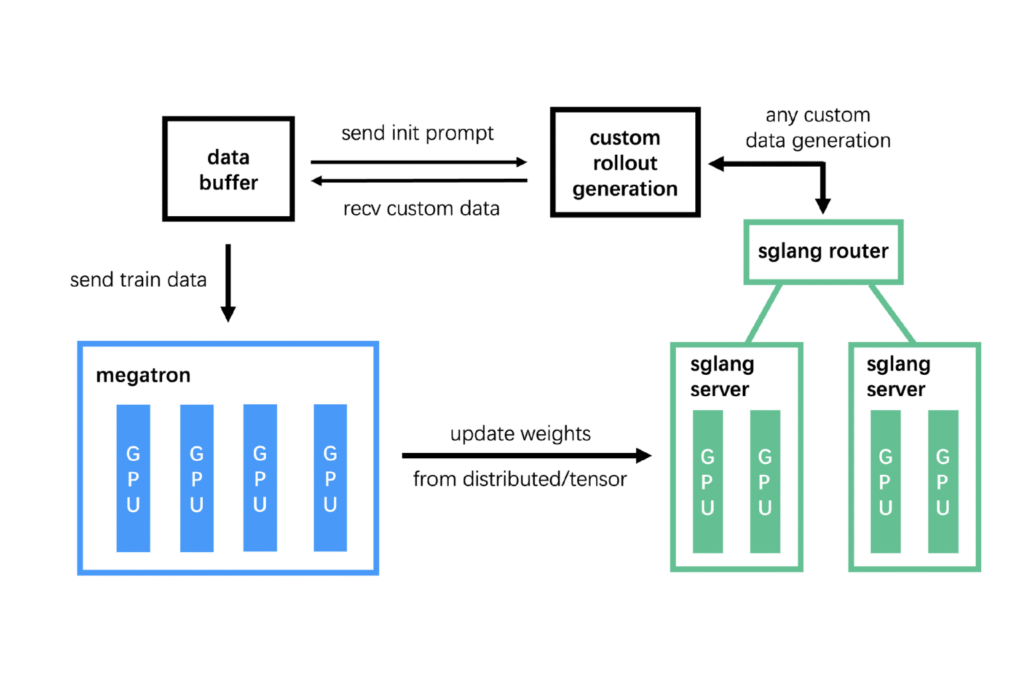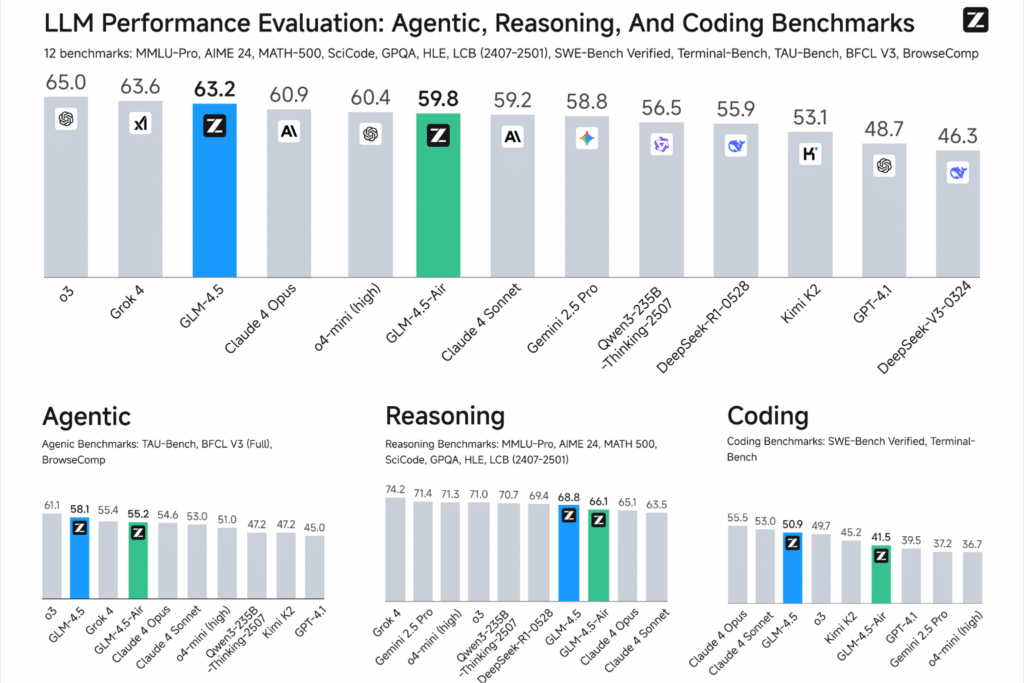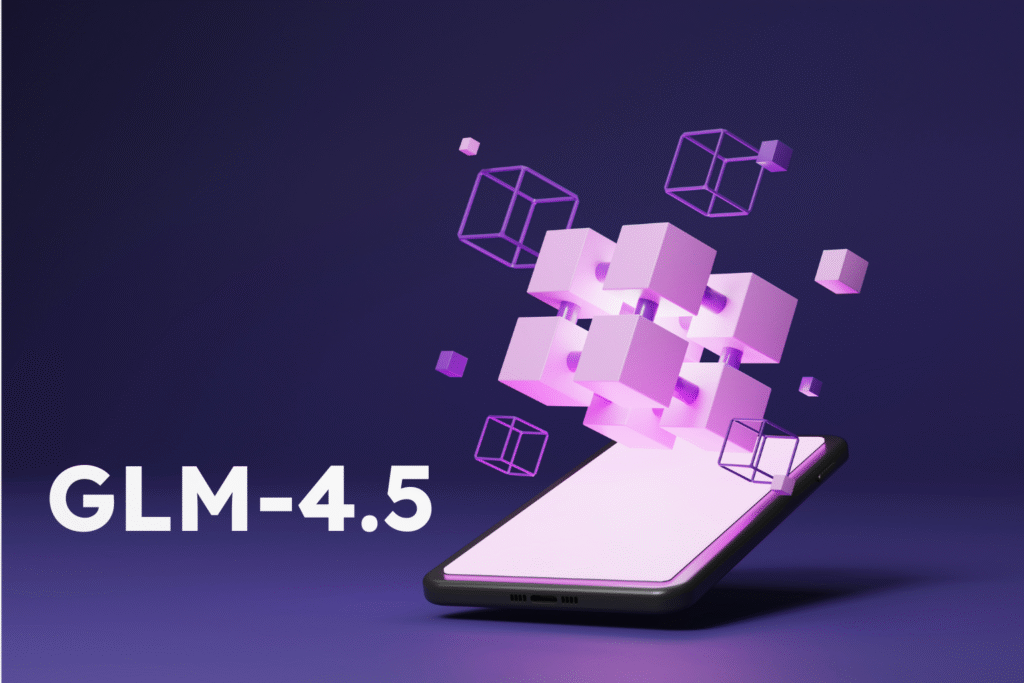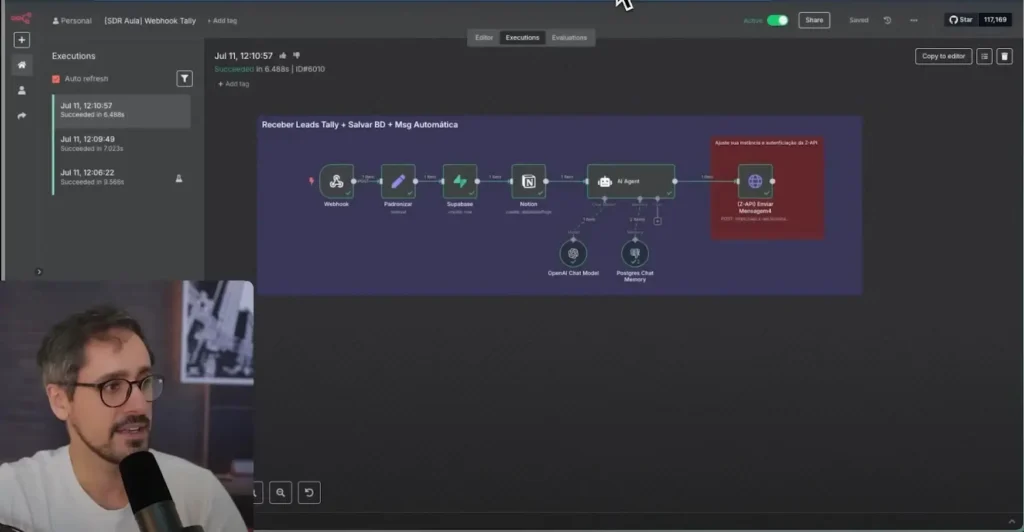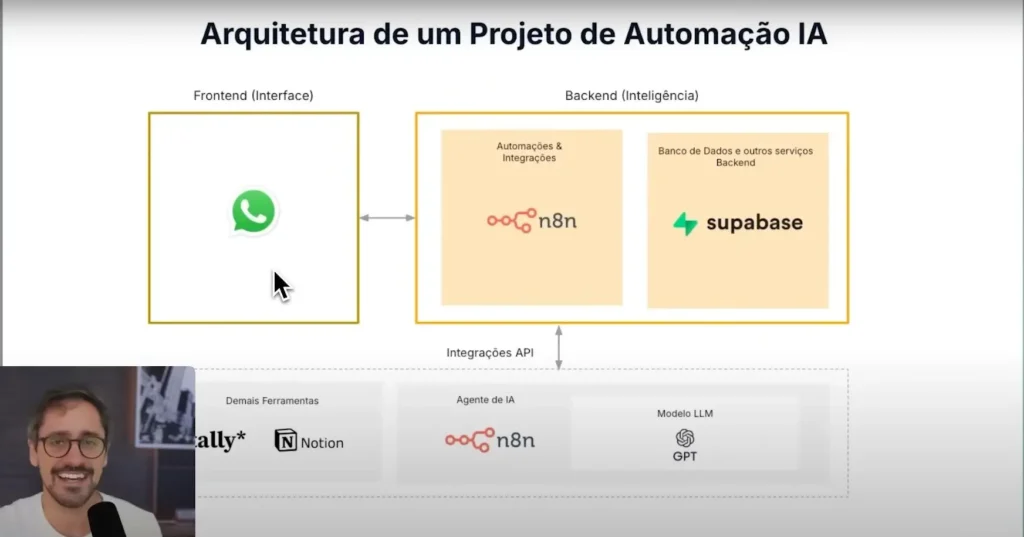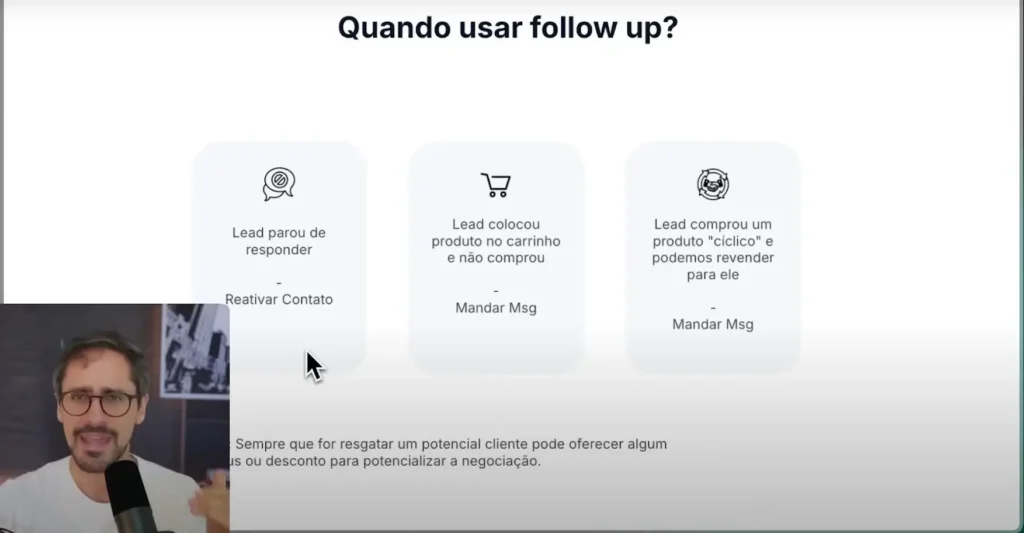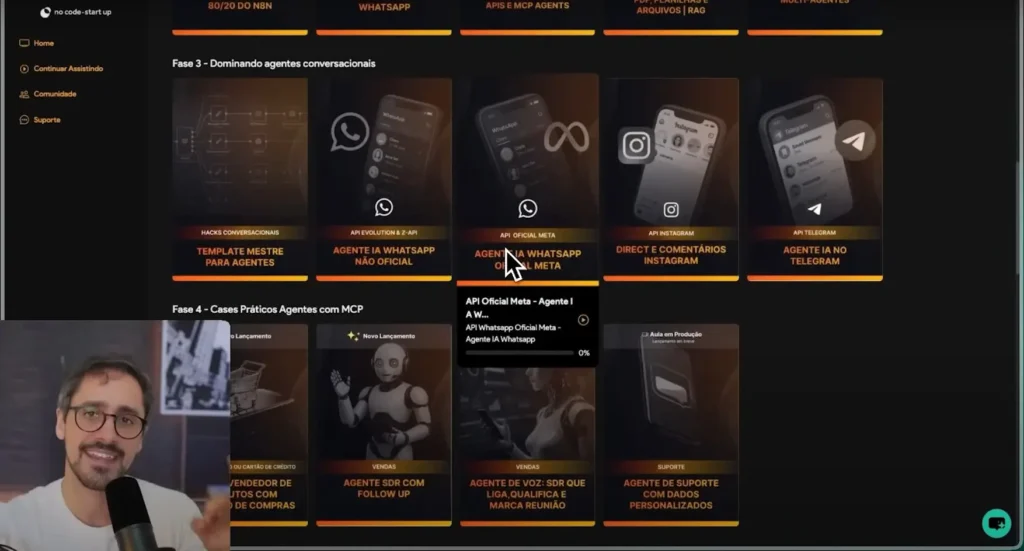AI Coding technology, also known as AI Code or Vibe Coding, is changing the way we code and develop software. Furthermore, this new approach uses artificial intelligence to simplify the coding process. But how does it do this?
In this content, you will understand what AI Coding is and the possibilities it offers.
Also, learn about the best Vibe Coding tools available. They will allow you to start exploring this innovation and create your own solutions with ease. Happy reading!
What is Vibe Coding?

AI Coding, or Vibe Coding, transforms software development. It enables people without advanced skills to create applications, websites, or automations using only simple natural language descriptions.
The term “Vibe Coding” was coined by Andrej Karpathy, one of the founders of OpenAI. It refers to the process of using large language models, such as those in generative AI, to generate application code almost autonomously. This happens from simple commands or descriptions.
The core idea of automation is that the programmer simply “describes the vibe” of what they want, and AI translates that intent into working code. In other words, Vibe Coding offers a more intuitive way to develop applications.
To do this, it uses MVVM (Model-View-View-Model) models, which facilitate interaction with artificial intelligence. As a result, it is possible to generate and adapt the code according to the user's needs.
Por que o Vibe Coding é a programação ideal para não-desenvolvedores?
Vibe Coding is revolutionizing the startups by providing a more accessible and agile approach to software development.
The main attraction of Vibe Coding for non-developers is its ease of use.
Since it uses AI to generate code from simple natural language descriptions as I mentioned earlier, anyone, regardless of their technical background, can create anything from applications to complex automations.
In other words, the need to understand complicated programming languages is practically eliminated.

Furthermore, Vibe Coding's accessibility allows professionals from areas such as marketing, design or operations, who would not normally have access to the world of programming, can create their own technological solutions intuitively and without technical barriers.
This allows companies and startups to innovate more quickly and cost-effectively. These changes make Vibe Coding an excellent opportunity for those who want to get involved in technological development, even without formal programming training.
In this way, with the help of the best Vibe Coding tools, this revolution can become even more accessible and efficient. But what are they? We will see below.
What can you create with Vibe Conding? Explore the possibilities
Vibe Coding offers a wide range of creative possibilities, allowing professionals, even no programming experience, develop various applications and technological solutions. The main possible creations include:
- Web and mobile applications: with Vibe Coding, it is possible create custom applications for web or mobile devices, meeting specific needs without the complexity of traditional development;
- Automations and bots: artificial intelligence makes it easier to create bots and automations that can perform repetitive tasks, such as responding to emails or processing data, increasing operational efficiency;
- Productivity tools: users can develop tools that help with personal organization or project management, adapted to their routines and preferences;
- Recommendation systems: the creation of systems that suggest products, services or content based on user behavior becomes accessible, improving the user experience on digital platforms;
- Prototypes and MVPs (Minimum Viable Products): Entrepreneurs can quickly turn ideas into functional prototypes or MVPs, facilitating market testing and concept validation.
Just imagine a designer who wants to create a customized platform to schedule meetings efficiently, without having in-depth programming knowledge.
Using Vibe Coding, you can simply describe the functionality of the system, and the AI tool generates the code to create a scheduling platform.
In just a few steps, you have a practical and functional solution, ready to use.
These possibilities highlight the potential of Vibe Coding to democratize software development, allowing anyone to materialize their technological ideas quickly and efficiently.
7 Best Vibe Coding Tools for Beginner Developers

Now that you know the power of Vibe Coding, it’s time to explore some of the best Vibe Coding tools available for beginners.
These tools are designed to make it easier to create technological solutions, even without advanced programming knowledge. We will present the most popular and affordable options for beginner developers:
Cursor
Cursor’s main advantage is its simplicity. It allows anyone to create bots or complex solutions by simply describing the “vibe” of what they want. The AI generates the necessary code, making development accessible to professionals from a variety of fields.
Cursor is a Vibe Coding tool that uses AI to turn simple descriptions into functional code. With its intuitive drag-and-drop interface, it makes it easy to create automations and apps without the need for advanced coding experience.
Furthermore, the tool is highly flexible, adapting to different needs and allowing for everything from simple automations to complex integrations. Its ease of use ensures a quick learning curve for beginners. Its ease of use ensures a quick learning curve for beginners.
V0 by Vercel
V0 by Vercel makes it easy to create prototypes and web applications using artificial intelligence. With an intuitive visual interface, it generates code from simple descriptions, allowing anyone to create solutions without having to code by hand.
The main advantage of V0 by Vercel is speed as it accelerates product development and launch by offering easy integration with other APIs to create fast and efficient solutions.
On the other hand, V0 by Vercel is highly flexible as it allows you to create simple websites up to complex applications, making it ideal for both beginners and professionals looking for efficiency.
Lovable
Lovable is a Vibe Coding tool that simplifies the creation of software solutions, allowing anyone to create applications with the help of artificial intelligence.
Using simple descriptions, the tool automatically generates the code needed for various features, making development accessible without prior experience.
The main advantage of Lovable is its ease of use. With a user-friendly interface and drag-and-drop functionality, any user can create fast and efficient solutions without the complexity of traditional coding.
Replit
Replit is a Vibe Coding tool that allows you to create and run code directly in the browser, with support for multiple programming languages. Its intuitive interface makes it easy to create software projects and prototypes with the help of AI, without requiring in-depth programming knowledge.
Replit’s main advantage is its ease of use. It allows anyone to start coding and testing ideas instantly, offering an online platform that eliminates the need for complex environment setup.
It's also worth noting that Replit is highly collaborative as it allows teams to work together in real time, making it ideal for group projects, hackathons or learning to program.
Windsurf
Windsurf is a Vibe Coding tool that uses artificial intelligence to create quick and practical solutions, without requiring advanced programming skills.
Its simple interface makes it easy to develop applications and automations, allowing anyone to create solutions just by describing what they want.
The main advantage of Windsurf is its efficiency. It allows you to quickly create applications and automations without having to learn complex languages. Integration with various APIs makes it easy to add powerful functionality without any extra effort.
Bolt.new
Bolt.new is a Vibe Coding tool that allows you to quickly create automations and applications with the support of artificial intelligence. Its simple and straightforward interface makes development easy, allowing anyone, even without experience, to build functional solutions.
The main advantage of Bolt.new is its speed. It allows you to create applications and automations in minutes, using simple descriptions. It stands out for its easy integration with other platforms, allowing you to customize your solutions without the need for coding.
Additionally, Bolt.new offers flexibility, whether for simple automations or more complex flows. The tool can be adjusted as needed, making it ideal for beginners and professionals looking for efficiency in development.
DreamFlow – New FlutterFlow AI
DreamFlow – New FlutterFlow AI, makes it easy to create mobile and web applications with artificial intelligence. Its simple visual interface allows you to create quick and functional solutions without having to code manually.
Its main advantage is speed, as it allows you to create applications quickly, with easy integration with APIs, without the need for advanced programming.
Not to mention that DreamFlow is also super flexible and customizable, offering features to create everything from simple applications to more complex solutions, catering to both beginners and professionals.
In addition to those we mentioned, tools such as FlutterFlow, Bubble, web and make up can be considered by those who want to develop more complex solutions, such as web and mobile applications or automation.
Consequently, these no-code platforms allow beginner developers to build digital products without writing traditional code, bringing them even closer to the concept of Vibe Coding.
Conclusion

You can already see that Vibe Coding is transforming software development by democratizing the creation of technological solutions, making them accessible to everyone, even those without advanced programming skills.
At this point, all we can do is test it on the portals we mentioned, monitor the improvement of this technique in tools we already use and observe how it can evolve.
Now, if you want to learn more about how to use these no-code tools and improve your development skills, sign up on the YouTube channel and access the NoCode StartUp website.
Discover exclusive resources that can boost your journey into the world of no-code development!




